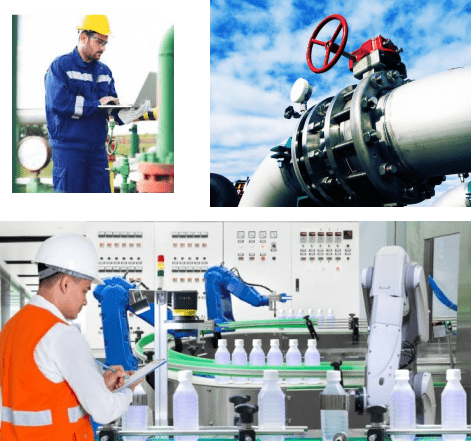Why is this website called
LDAR.GREEN ?
Leak Detection and Repair (LDAR) is the process by which oil and gas, chemical, and/or petrochemical equipment is monitored for the location and volume of unintended methane (CH4) and volatile organic compounds (VOC) leaks. LDAR requires manufacturing organizations to account for volatile organic compounds (VOC) they emit into the atmosphere. These leaks must be reported! Some laws require daily, monthly, quarterly, or annually reporting. So many countries use LDAR as required by multiple governments around the world to stem the harmful environmental impact of methane and VOC emissions.
Visit EPA.GOV website to learn more.
A Definition of LDAR
Leak Detection and Repair (LDAR) regulations were put into place by the Environmental Protection Agency (EPA) because of the amount of methane and volatile organic compounds and volatile hazardous air pollutants being emitted by leaking equipment such as compressors, tanks, thief hatches, pneumatic devices powered by natural gas, pumps, and connectors in industries such as oil and gas operations, petroleum refining and chemical manufacturing. In an effort to curb the emissions, the EPA instituted regulations and compliance programs. LDAR managers and technicians are to follow fundamental LDAR procedures, such as gas imaging and method 21 monitoring techniques to keep their LDAR programs in compliance.

